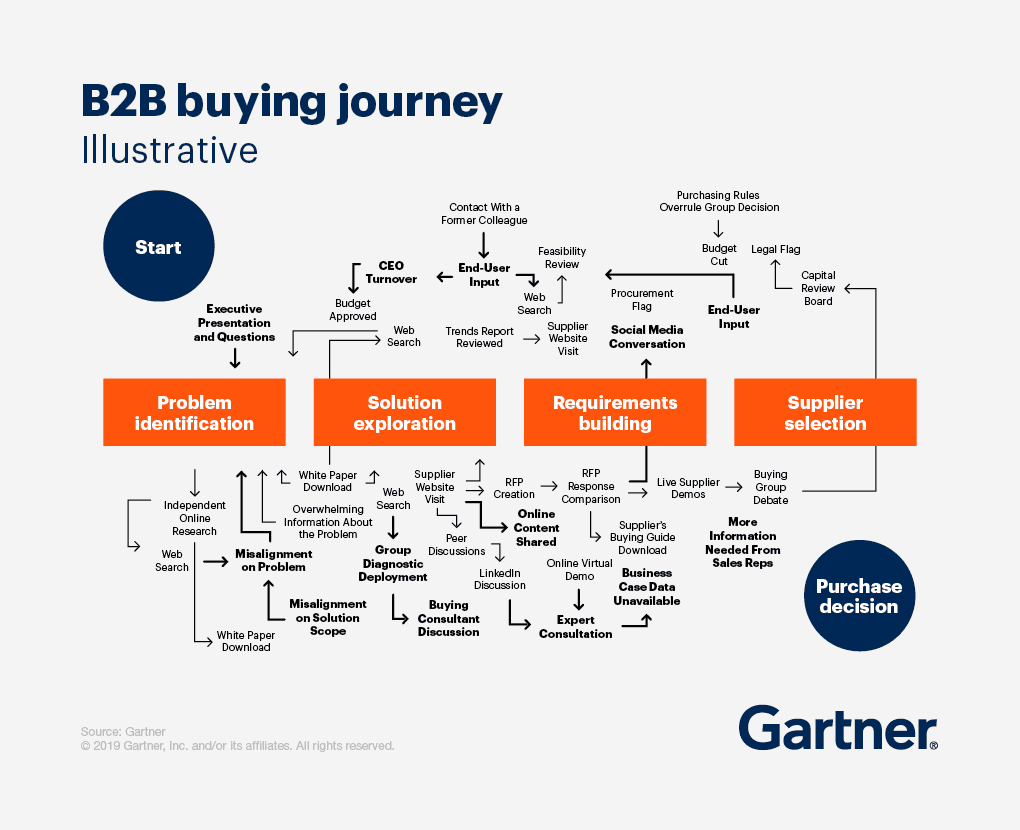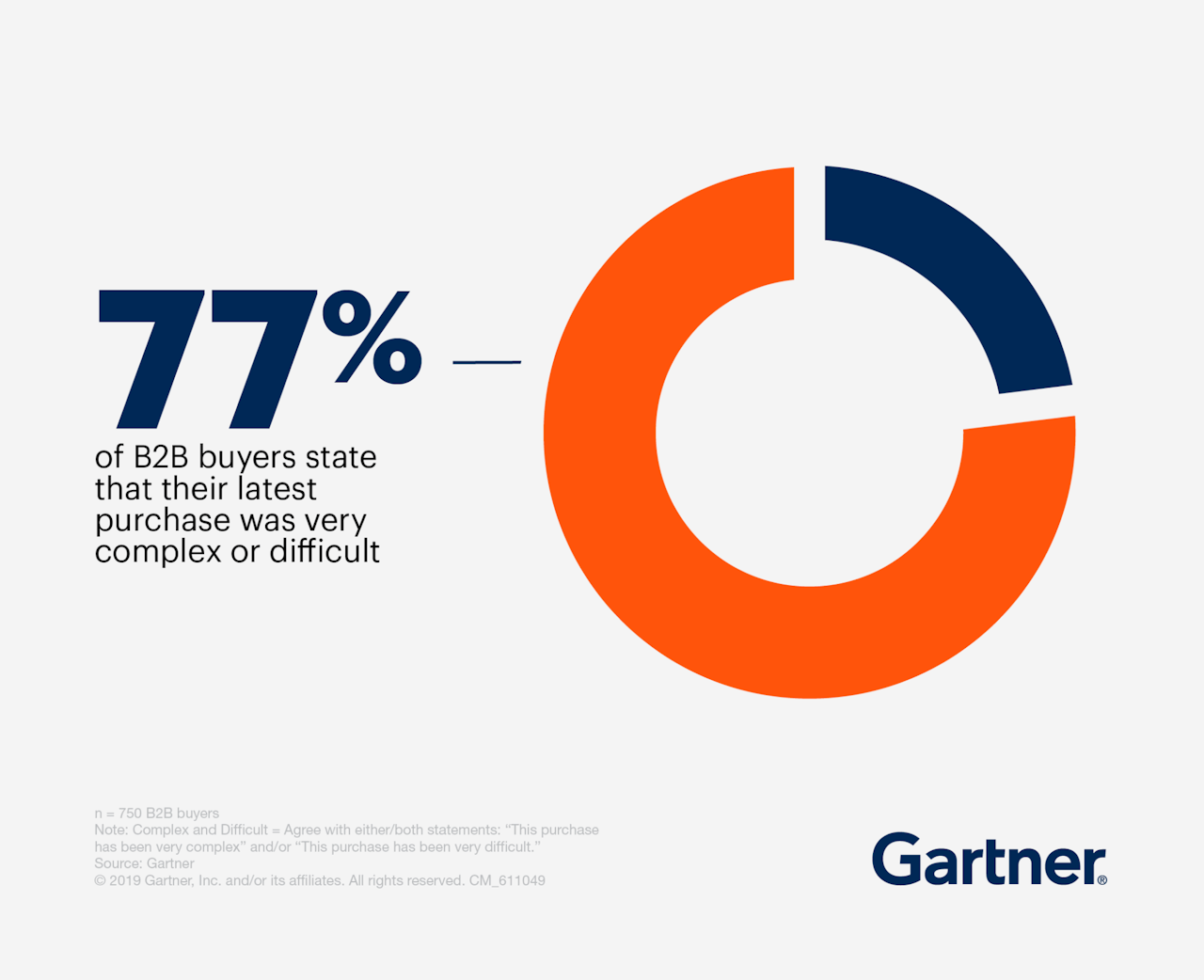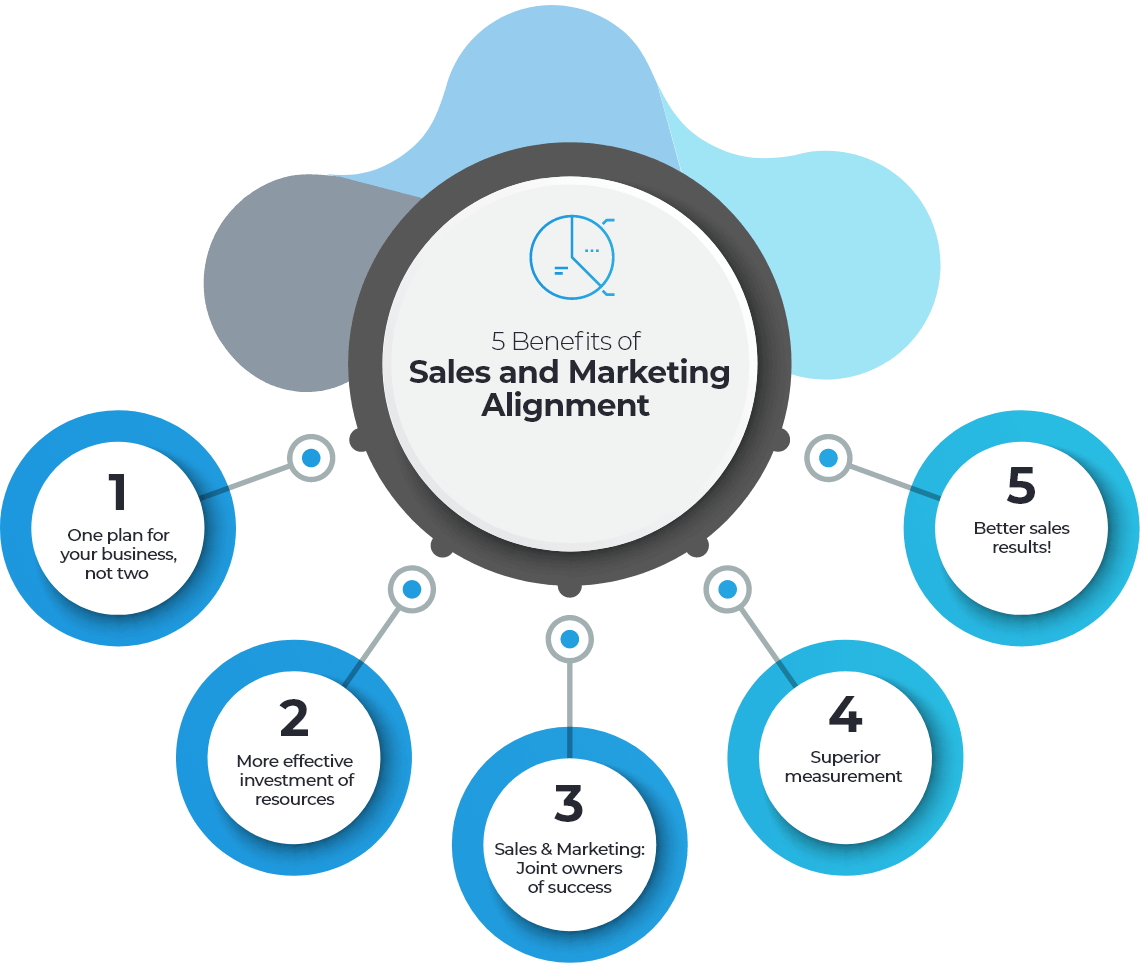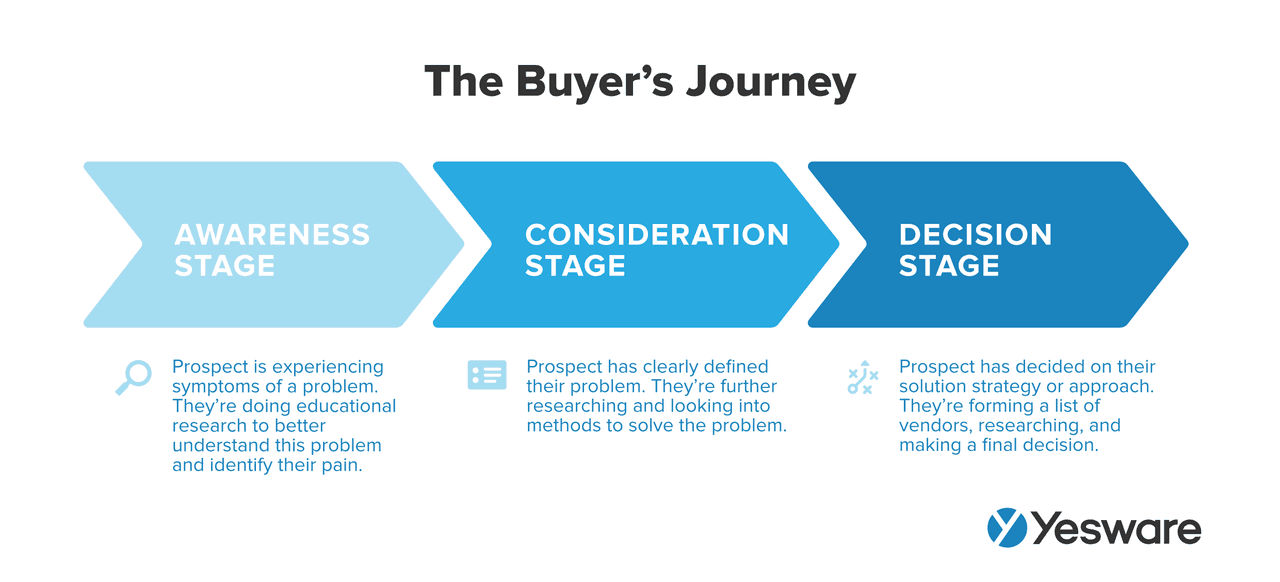How to Implement a Leading B2B Digital Sales Strategy in 2024
Guest Author
The shift toward a digital-first world has changed the way companies handle B2B sales. The global pandemic and consequent social distancing rules only accelerated this, as companies rushed to adapt traditional sales and marketing models to incorporate data-driven digital strategies.
Experts predict 80 percent or more of the sales cycle is now set to go digital and remote.
Making your B2B sales strategy digital might seem like a big ask, but with the right approach and B2B sales technology, it can be done.
However, it’s important to be aware of the unique hurdles B2B companies face when it comes to digital marketing, like long sales cycles, costly products, and a reliance on traditional sales and marketing strategies.
To get your B2B digital sales strategy right, you’ll need to do your research. That’s where this article can help.
What Is a B2B Digital Sales Strategy and Why Is It Important?
A B2B digital sales strategy is one in which a business markets and sells its products or services to other businesses using various digital methods.
B2B digital sales continue to develop as new technology is increasingly created and integrated into businesses.
The digital world is now the first place companies turn when they’re looking for a product or service. It presents new opportunities for finding and initiating conversations with prospects while providing a place for customers to find your online business with ease.
How to Implement an Effective B2B Sales Strategy for Your Business
So, how do you create and implement an effective B2B sales strategy?
1. Understand Your Target Audience
Digital B2B sales strategies require you to clarify the roles of decision-makers and business leaders in your target audience. Making a B2B purchase is often a big decision for businesses, so you must target the right people with the right strategies.
The journey of a B2B buyer is more complex than that of B2C buyers:

Of course, not all B2B buyer’s journeys will look like this. Depending on the size of the business, there may be fewer or more steps involved, but Gartner says a typical group involved with buying a complex B2B solution is made up of six to 10 decision-makers.
Each of these decision-makers will bring knowledge and opinions to the table. Moreover, the pool of options and solutions that B2B buyers have to choose from is expanding with shifts in technology and as new products and suppliers emerge.
When defining your target audience for your B2B digital sales strategy, it’s a good idea to create a flowchart or diagram to understand the decision-making process involved in various situations and markets. Ensure all decision-makers and influencers, and their roles, are clarified and the decision-making process is fully understood by everyone in sales.
2. Create a Great Company Website
Without a great company website, you’re not going to get far in the B2B sales world. Your website is your digital storefront, and the first place your potential customers will likely encounter your brand. As a B2B business, it should make a great initial impression by demonstrating a customer-first approach that drives sales.
Nowadays, there’s little face-to-face interaction between B2B brands and their customers. Particularly if you cater to a global audience, these interactions will take place via phone or video meeting or through touchpoints on your website.
This can be difficult, especially when products or services are complex. According to Gartner, 77 percent of B2B buyers agreed their latest purchase was complex or difficult.

So, for your B2B digital sales strategy to work, your website should:
- Be attractive and offer a consistent user experience across different browsers and mobile apps
- Provide all the relevant information browsers need to understand your product
- Be easy to navigate
- Feature your business information, including different avenues to get in touch (like live chat, phone, email, etc.)
- Feature high-quality content, which could include guest posting by industry leads to increase your credibility
3. Learn From SaaS Sales and Marketing Strategies
There’s a lot to be learned from businesses that have been selling and marketing SaaS for years using digital B2B sales strategies. Of course, it goes without saying that digital solutions require online sales and distribution, but SaaS sales strategies have some unique characteristics that can translate to other types of B2B business.
SaaS providers are set up to offer customers free trials of their products and services. This is a great way to let consumers try before they buy, so they can be sure it’s the right solution for them.
Not all B2B businesses are able to offer free trials (like the automobile manufacturing industry, for example), but if you’re selling a digital product, a free trial is a great way to turn undecided prospects into customers.
This also helps B2B sellers build trust among their customer base, as offering a trial is like saying “we know you’re going to like this, so try it for free!”
Another thing to consider is that in the SaaS world, businesses try to provide potential customers with everything they need online—no lengthy lead nurturing conversations are necessary.
This results in a shorter, frictionless sales cycle. It includes making all information available to customers online through your product pages, knowledge base, blog, and other resources.
4. Align Your Sales and Marketing Teams
Another thing you’ll need to do is make certain your sales and marketing team are aligned to ensure communication silos aren’t impacting your strategy. This means implementing the right communication tools to facilitate collaboration and automate the flow of data between departments.
There are various benefits to this alignment.

Sales and marketing teams must work hand in hand to execute a successful B2B digital sales strategy. The role of the marketing team includes (among other things) developing resources and collecting data to personalize the customer experience and draw leads into your business.
Automating the flow of data between departments can help sales teams to pinpoint the best moment to begin a conversation with a lead or customer.
Both departments can work together in the B2B world to create a holistic customer journey, improve ROI, and enhance top-line growth. This also means teams can share ideas to improve strategies. For instance, the sales team might share SaaS SEO ideas based on key terms customers are mentioning in conversations.
5. Implement a Content Marketing Strategy
One of the best ways to bridge the gap between sales and marketing is to use content marketing to your advantage. Content marketing should play a key role in your digital sales/marketing strategy for B2B lead generation and nurturing, business reputation, and sales acquisition.
In a digital-first world, B2B sales are heavily reliant on content marketing for lead generation. It’s not enough for content to be solely focused on attaining high search engine rankings. B2B buyers value content that’s valuable, relevant, and addresses their pain points. Just like an eCommerce content strategy is tailored to its audience, a B2B content strategy should be too.
Search engines have made it much easier for businesses to discover your brand, but once they do, it’s your responsibility to deliver a content strategy that targets your audience and guides them toward making a conversion.
This involves providing content at every stage of the buyer journey, with thought-provoking pieces that take various forms, from blog posts to podcasts, webinars, and so on.
For B2B buyers, a high level of personalization is key to cultivating interest in your products or services and directing them to the next step.
6. Inform Your Sales Strategy With Data and Automation Tools
As a digital B2B business, every online interaction will generate data. This data is critical to the success of your marketing and sales campaigns and should be the building block of your business strategies.
To effectively use data and automation for lead generation, consider:
- Using digital content to gather data about prospects
- Using analytics tools to track user activity and behavior
- Creating nurturing email templates that are personalized for decision-makers
Armed with this, you can help your sales team understand the best time to make a sales call. All of this data will then feed back into your business strategy to be used for a variety of things, including generating content ideas, improving customer services, and refining your B2B sales strategy.
The Future of B2B Is Digital
No one can predict the future, but there’s one thing for sure: digital B2B sales are here to stay.
As B2B decision-makers and leaders turn to the internet to discover, research, and narrow down product and service options, B2B businesses need to have strategies in place that are conducive to online selling.
It’s not just about having a top-class website or great task management for teams to prevent cross-departmental silos; it’s about understanding who a B2B buyer is, what they’re looking for, and tailoring your sales strategy to meet those needs.

About the Author: Koa Frederick is the Senior Vice President of SaaS strategy at accelerate agency, a SaaS digital marketing agency offering B2B SEO services. The company exclusively partners with enterprise tech companies to scale their SEO and content marketing. Koa has extensive experience in growing SaaS brands via organic leads and loves to write in her spare time.
Want to write for our blog? Apply here: Yesware’s Spotlight Contributor Application.
Get sales tips and strategies delivered straight to your inbox.
Yesware will help you generate more sales right from your inbox. Try our Outlook add-on or Gmail Chrome extension for free, forever!
Related Articles
Casey O'Connor
Casey O'Connor
Anya Vitko
Sales, deal management, and communication tips for your inbox

